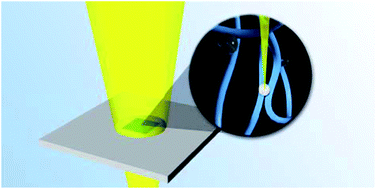Seth Darling and co-workers from the USA describe methods to achieve better consistency in high performance of organic solar cells in their recent EES paper.

The group from Argonne National Laboratory, The University of Chicago and Northwestern University have shown that synchrotron-based X-ray fluorescence can detect and quantify trace concentrations of metal impurities in organic solar cell systems. They have also identified the threshold concentration at which performance degrades and the mechanism for the degradation.
Read the details in their paper today:
Detection and role of trace impurities in high-performance organic solar cells
Maxim P. Nikiforov, Barry Lai, Wei Chen, Si Chen, Richard D. Schaller, Joseph Strzalka, Jörg Maser and Seth B. Darling
DOI: 10.1039/C3EE40556G










